Navigating the Giants: Who Are the Most Influential Artists of All Time? (And Why It's Complicated!)
Defining the absolute "top artists ever"? Oh, where do you even start? It feels like trying to bottle lightning or pick a single favorite star in the night sky. It's a fascinating, maybe even a little intimidating, but ultimately subjective task. Greatness, after all, isn't a single, measurable thing, is it? It can be measured by influence, technical skill, sheer innovation, or undeniable cultural impact. Sometimes, I think about the first time a painting truly stopped me in my tracks – maybe it was a reproduction of a Van Gogh swirling with emotion or a Picasso that just felt... different. That personal connection, that moment of discovery, is just as vital as any textbook definition of a master.
It's easy to get lost in these lists, isn't it? Sometimes I wonder if focusing too much on the "greatest" makes us forget the simple joy of creation, or discovering artists who speak to us personally, even if they aren't in every textbook. Still, understanding the giants helps us map the landscape, gives us context for everything that came after. It's like learning the alphabet before you write a novel.
This isn't meant to be the final word, or even an exhaustive list, but rather a more substantial starting point exploring figures who fundamentally shaped Western art and beyond. Understanding what art is helps appreciate their varied contributions across centuries. Think of this as my personal journey through some of the most impactful creative minds history has given us.
Giants of Art History: An Expanded Snapshot
Okay, so we'll start with the figures often cited, tracing a path mainly through Western art history, but please, keep in mind this is just one thread in a much larger, global tapestry. We'll add some foundational figures and expand our view as we go. It's a bit like building a family tree, but for creative breakthroughs!
Artist | Era / Movement | Key Contributions & Why Famous | Notable Work(s) |
|---|---|---|---|
| Phidias (attrib.) | Classical Greek | Master sculptor of the High Classical period; oversaw Parthenon sculptures, famed for lost colossal statues (Athena Parthenos, Zeus at Olympia). Defined the idealized human form, setting a standard for centuries. | Parthenon sculptures (Elgin Marbles) |
| Praxiteles | Late Classical Greek | Introduced sensuousness and a more human quality (contrapposto S-curve) to sculpture, moving away from severe idealism. Master of marble, his figures felt alive, almost breathing. | Aphrodite of Knidos (Roman copies), Hermes and the Infant Dionysus |
| Unknown Roman Masters | Roman Republic/Empire | Mastered realistic portraiture (verism), large-scale narrative reliefs, and illusionistic fresco painting (as seen in Pompeii and Herculaneum). Their engineering and artistic skill shaped public spaces and private homes. | Pompeian frescoes (Villa of Mysteries), Augustus of Prima Porta |
| Giotto di Bondone | Proto-Renaissance | Bridged Byzantine/Gothic styles with naturalism; pioneer of humanism in painting, depicting weight and emotion. His figures felt grounded, real, paving the way for the Renaissance revolution. | Scrovegni Chapel frescoes |
| Jan van Eyck | Early Netherlandish / N. Renaissance | Master of oil painting, incredible detail and realism, complex symbolism. His technique revolutionized painting across Europe, allowing for unprecedented richness and depth. | Ghent Altarpiece, Arnolfini Portrait |
| Donatello | Early Renaissance | Revived classical sculpture; mastery of emotion and realism in bronze and marble. His bronze David was the first freestanding nude since antiquity, a bold statement of Renaissance ideals. | David (bronze), Gattamelata |
| Filippo Brunelleschi | Early Renaissance | Architect & Engineer; codified linear perspective, engineered the dome of Florence Cathedral, a turning point in Renaissance architecture. His genius wasn't just artistic, but a blend of vision and practical problem-solving. | Florence Cathedral Dome, Pazzi Chapel |
| Leonardo da Vinci | High Renaissance | Polymath genius, mastery of sfumato, anatomy, invention, ultimate Renaissance man. His influence extended beyond art to science and engineering, inspiring generations. He was endlessly curious, a true explorer of the world and human potential. | Mona Lisa, The Last Supper |
| Albrecht Dürer | Northern Renaissance | Foremost German Renaissance artist; master printmaker (woodcuts, engravings), painter, disseminated Renaissance ideas north. His technical skill in printmaking was unparalleled, making art more accessible. | Melencolia I, Self-Portrait (1500), Apocalypse woodcuts |
| Michelangelo | High Renaissance | Unrivaled sculpting & painting skill, emotional intensity (terribilità), architect. His work epitomizes the High Renaissance ideal; influenced Mannerism and Baroque artists profoundly. His figures possess a raw power and emotional depth that still resonates. | David sculpture, Sistine Chapel Ceiling, St. Peter's Basilica Dome |
| Raphael | High Renaissance | Master of harmony, clarity, and composition; idealized beauty. His balanced compositions became academic standards for centuries, representing a peak of Renaissance grace. | The School of Athens, Sistine Madonna |
| Titian | Venetian School / High Renaissance | Master of color (colorito), dynamic compositions, influential portraitist. His use of color and brushwork influenced Rubens, Velázquez, and beyond, showing the expressive power of paint itself. | Venus of Urbino, Assumption of the Virgin |
| Sofonisba Anguissola | Late Renaissance / Mannerism | Pioneering female portraitist, known for informal, engaging portraits of herself and her family; achieved international recognition. Her work offers a glimpse into domestic life and the possibilities for women artists, even within limitations. | The Chess Game, Self-portraits |
| Hieronymus Bosch | Early Netherlandish / N. Renaissance | Fantastical imagery, complex narratives, detailed depictions of sin and morality. Learning how to understand symbolism is key for Bosch. His bizarre visions feel strangely modern, tapping into universal anxieties. | The Garden of Earthly Delights |
| Artemisia Gentileschi | Baroque | Leading female painter of the Italian Baroque; known for powerful depictions of biblical heroines, dramatic tenebrism, and narrative intensity. Her work is raw, emotional, and technically brilliant, reclaiming female narratives with force. | Judith Slaying Holofernes, Self-Portrait as the Allegory of Painting |
| Caravaggio | Baroque | Dramatic use of light and shadow (tenebrism), intense realism, religious scenes with impact. Profoundly influenced Baroque painting across Europe ('Caravaggisti'). He brought a gritty, human reality to sacred subjects. | The Calling of St Matthew, David with the Head of Goliath |
| Peter Paul Rubens | Flemish Baroque | Energetic movement, rich color, dramatic compositions, prolific workshop leader. Embodied the grandeur and dynamism of the Counter-Reformation Baroque. His canvases explode with life and color. | The Elevation of the Cross, Marie de' Medici cycle |
| Rembrandt van Rijn | Dutch Golden Age / Baroque | Master of light & shadow (chiaroscuro), psychological depth in portraits and biblical scenes. Unparalleled exploration of the human condition, his self-portraits are a lifelong study of the soul. | The Night Watch, Numerous Self-portraits, The Return of the Prodigal Son |
| Diego Velázquez | Spanish Golden Age / Baroque | Master portraitist (esp. Spanish royalty), complex compositions, realism, painterly technique. His sophisticated naturalism influenced Manet and the Impressionists, showing how paint could capture the illusion of reality with seemingly effortless brushwork. | Las Meninas, Portrait of Pope Innocent X |
| Johannes Vermeer | Dutch Golden Age / Baroque | Master of light, intimate domestic scenes, meticulous detail, serene atmosphere. Celebrated for his exquisite rendering of light and quiet contemplation, his small scenes feel vast and timeless. | Girl with a Pearl Earring, The Milkmaid, View of Delft |
| Élisabeth Vigée Le Brun | Neoclassicism / Rococo | Celebrated portraitist, especially of Marie Antoinette and European aristocracy; known for flattering likenesses and elegant style. She navigated complex political times with grace and skill, capturing the likenesses of Europe's elite. | Portraits of Marie Antoinette, Self-portraits |
| Francisco Goya | Romanticism / Proto-Modern | Spanish master; powerful social commentary, explored dark psychological themes, printmaking innovator (Los Caprichos, Disasters of War). Bridged Enlightenment and Modernity, his work is unflinching in its depiction of human folly and suffering. | The Third of May 1808, Saturn Devouring His Son, The Nude Maja |
| J.M.W. Turner | Romanticism | Master of landscape painting, capturing light and atmosphere (sublime), precursor to Impressionism. Pushed oil and watercolor to new expressive heights, dissolving form into light and color. | The Fighting Temeraire, Rain, Steam and Speed |
| Eugène Delacroix | Romanticism | Leader of French Romantic school; emphasis on color, emotion, exotic subjects. Championed expressive brushwork and color over academic line, his work is full of passion and drama. | Liberty Leading the People, Death of Sardanapalus |
| Gustave Courbet | Realism | Pioneer of Realism, depicting everyday life and working class subjects without idealization. Challenged academic conventions with unvarnished truth, insisting that art should reflect the world as it is. | The Stone Breakers, A Burial at Ornans, The Origin of the World |
| Édouard Manet | Realism / Impressionism | Crucial bridge figure; modern subjects, flattened perspective, challenged academic tradition. His work shocked contemporaries and paved the way for Impressionism, dragging art into the modern age. | Le Déjeuner sur l'herbe, Olympia, A Bar at the Folies-Bergère |
| Edgar Degas | Impressionism | Master draftsman; scenes of modern life (ballet dancers, races), unusual angles, movement. Captured modern Parisian life with keen observation, his compositions feel like snapshots of fleeting moments. | The Dance Class, L'Absinthe, Little Dancer of Fourteen Years |
| Claude Monet | Impressionism | Pioneer of Impressionism, capturing fleeting light & atmosphere (plein air painting). Dedicated his life to capturing sensory perception. See the ultimate guide to Impressionism. His pursuit of light was relentless, almost spiritual. | Impression, Sunrise, Water Lilies series, Rouen Cathedral series |
| Pierre-Auguste Renoir | Impressionism | Celebrated joyful scenes, vibrant colors, depiction of beauty and leisure. Focused on the pleasurable aspects of life, his paintings are full of warmth and light. | Luncheon of the Boating Party, Bal du moulin de la Galette |
| Mary Cassatt | Impressionism | American Impressionist based in Paris; known for intimate depictions of women and children, influenced by Japanese prints. Her work offers tender, insightful views into the lives of women. | The Child's Bath, Little Girl in a Blue Armchair |
| Auguste Rodin | Impressionism / Modern Sculpture | Revitalized sculpture; focused on realism, emotion, and the human form's expressive potential, often leaving surfaces seemingly unfinished. His figures seem to emerge from the stone, full of raw emotion. | The Thinker, The Kiss, The Burghers of Calais |
| Paul Cézanne | Post-Impressionism | "Father of Modern Art"; structural approach, geometric forms, multiple viewpoints. His work directly influenced Cubism and later abstraction. He sought the underlying structure of reality, building forms with color. | Mont Sainte-Victoire series, Still lifes with apples, The Bathers |
| Vincent van Gogh | Post-Impressionism | Intense emotional expression through vibrant color & bold, swirling brushwork (impasto). Precursor to Expressionism. Dive deeper in the ultimate guide to Van Gogh. His paintings are windows into his passionate, turbulent soul. | Starry Night, Sunflowers, Self-portraits |
| Paul Gauguin | Post-Impressionism / Symbolism | Bold colors, flattened forms, Synthetism; sought primal expression, often in exotic locales. Influenced Symbolists and Fauves. He chased a different kind of truth, seeking authenticity beyond Western civilization. | Where Do We Come From? What Are We? Where Are We Going?, The Yellow Christ |
| Georges Seurat | Post-Impressionism / Neo-Impressionism | Developed Pointillism (divisionism), scientific approach to color and light. See the ultimate guide to Pointillism. His meticulous dots build luminous, structured worlds. | A Sunday Afternoon on the Island of La Grande Jatte |
| Gustav Klimt | Symbolism / Vienna Secession | Leader of the Vienna Secession; ornate, decorative style often incorporating gold leaf, explored themes of sensuality, life, and death. His work is a dazzling fusion of pattern, symbolism, and form. | The Kiss, Portrait of Adele Bloch-Bauer I, Judith and the Head of Holofernes |
| Edvard Munch | Symbolism / Expressionism | Explored intense psychological themes (anxiety, love, death) with strong colors and lines. A key forerunner of Expressionism. His work taps into universal feelings of angst and vulnerability. | The Scream, Madonna, Anxiety |
| Henri Matisse | Fauvism / Modern Art | Master of color and line; simplified forms, decorative patterns, expressive freedom. A giant of 20th-century art. Explore his world in the ultimate guide to Matisse. His art is pure joy and liberation through color. | The Dance, Woman with a Hat, The Joy of Life |
| Constantin Brancusi | Modern Sculpture / Abstraction | Romanian sculptor who pioneered abstract sculpture; sought essential forms, simplified shapes, truth to materials. His sculptures feel timeless, distilled to their pure essence. | Bird in Space, The Kiss (sculpture), Endless Column |
| Wassily Kandinsky | Expressionism / Abstract Art | Pioneer of abstract art; explored spiritual and emotional qualities of color and form. Author of Concerning the Spiritual in Art. Key figure in abstract art history. He believed art could speak directly to the soul, like music. | Composition VII, Concerning the Spiritual in Art (book) |
| Pablo Picasso | Modern Art / Cubism, Surrealism | Revolutionary innovator, co-founder of Cubism, prolific across many styles and media. His relentless invention changed 20th-century art; Cubism shattered traditional representation. Explore the ultimate guide to Picasso. He was a force of nature, constantly reinventing art itself. | Les Demoiselles d'Avignon, Guernica, The Weeping Woman |
| Georgia O'Keeffe | American Modernism | Known for her large-scale paintings of flowers, New Mexico landscapes, and New York skyscrapers; pioneered American Modernism with unique abstract style. She found the monumental in the intimate, the vastness in a single flower. | Jimson Weed/White Flower No. 1, Black Iris III, Cow's Skull series |
| Marcel Duchamp | Dada / Surrealism / Conceptual Art | Challenged definition of art; invented "readymades", influential conceptual ideas. His questions about art's nature resonate today, forcing us to think about why something is art. | Nude Descending a Staircase, No. 2, Fountain, The Large Glass |
| Salvador Dalí | Surrealism | Iconic Surrealist; dreamlike imagery, meticulous technique, bizarre juxtapositions (paranoiac-critical method). Master of self-promotion. His paintings are vivid, unsettling dreams brought to life with astonishing precision. | The Persistence of Memory, Swans Reflecting Elephants, The Temptation of St. Anthony |
| Frida Kahlo | Surrealism / Magic Realism / Mexicanidad | Powerful, deeply personal self-portraits exploring identity, pain, gender, class, and Mexican culture. Became a feminist and cultural icon. Her art is raw, honest, and incredibly moving, a testament to resilience. | The Two Fridas, Self-Portrait with Thorn Necklace and Hummingbird, The Broken Column |
| Jackson Pollock | Abstract Expressionism | Pioneer of "drip painting" / action painting; large scale abstract works full of energy. Embodied the gestural wing of AbEx. His process was as important as the result, a dance with the canvas. | Number 17A, Blue Poles, Autumn Rhythm (Number 30) |
| Jacob Lawrence | Harlem Renaissance / Social Realism | Chronicled African American history and experience through bold, narrative "dynamic cubism" style series. His work tells vital stories with powerful visual rhythm. | The Migration Series, War Series |
| Romare Bearden | Harlem Renaissance / Collage / Modernism | Celebrated African American life and culture through innovative collage techniques, vibrant colors, and fragmented compositions. He built vibrant worlds from fragments, reflecting the complexity of experience. | The Block, Prevalence of Ritual series |
| Louise Bourgeois | Surrealism / Contemporary Art | Explored psychological themes (fear, family, sexuality) through diverse media, especially sculpture; known for large-scale spider sculptures ("Maman"). Her work is deeply personal, sometimes unsettling, always powerful. | Maman, Cells series, fabric sculptures |
| Mark Rothko | Abstract Expressionism | Developed Color Field painting; large canvases with luminous, rectangular fields of color intended to evoke emotional responses. See the ultimate guide to Rothko. His paintings are meant to be experienced, to envelop you in color and feeling. | Rothko Chapel murals, No. 14, 1960, Seagram Murals |
| Andy Warhol | Pop Art | Leading figure of Pop Art, exploring celebrity, consumer culture, mass production (The Factory). Blurred lines between high art and popular culture. He held a mirror to society, showing us ourselves through soup cans and superstars. | Campbell's Soup Cans, Marilyn Diptych, Brillo Boxes |
| Gerhard Richter | Contemporary Art / Neo-Expressionism | German artist working across painting styles (photo-realism, abstraction); explores memory, perception, and the nature of images. He questions what painting can be, constantly shifting his approach. | Photo paintings (e.g., Betty), Abstract paintings, Birkenau cycle |
| Faith Ringgold | Contemporary Art / Story Quilts | African American artist known for narrative story quilts addressing race, gender, history, and identity; also a painter, writer, and activist. Her quilts weave together personal stories and collective history. | Tar Beach, Who's Afraid of Aunt Jemima?, American People Series |
| Yayoi Kusama | Contemporary Art / Pop / Minimalism | Japanese artist known for obsessive polka dots, infinity nets, and immersive Infinity Mirror Rooms; explores themes of repetition, obliteration, and cosmic connection. One of the top living artists today. Her work is both playful and profound, inviting you into her unique vision. | Infinity Mirror Rooms, Pumpkin sculptures, Polka dot paintings |
| Jean-Michel Basquiat | Neo-Expressionism / Contemporary Art | Haitian-Puerto Rican American artist; raw, expressive style combining text, symbols, and figures, critiquing power structures, racism, and history. His art is urgent, layered, and speaks with a powerful voice. | Untitled (Skull paintings), Irony of Negro Policeman |
| Cindy Sherman | Contemporary Art / Photography | Known for conceptual self-portraits exploring identity, representation, and stereotypes, often using costumes and makeup to embody different personas (Untitled Film Stills). Her work questions how we see women and how identity is constructed. | Untitled Film Stills, History Portraits, Clown series |
| Anselm Kiefer | Neo-Expressionism / Contemporary Art | German artist creating large-scale, textured works confronting history, myth, and memory, often using materials like straw, lead, and ash. Explore his world in the ultimate guide to Kiefer. His work is heavy, layered, grappling with the weight of the past. | Margarethe, Sulamith, large-scale landscape paintings |
| Kara Walker | Contemporary Art | Known for large-scale cut-paper silhouettes depicting challenging scenes related to race, gender, sexuality, and violence in American history. Her work is beautiful and brutal, forcing viewers to confront difficult truths. | Gone: An Historical Romance..., A Subtlety, or the Marvelous Sugar Baby |
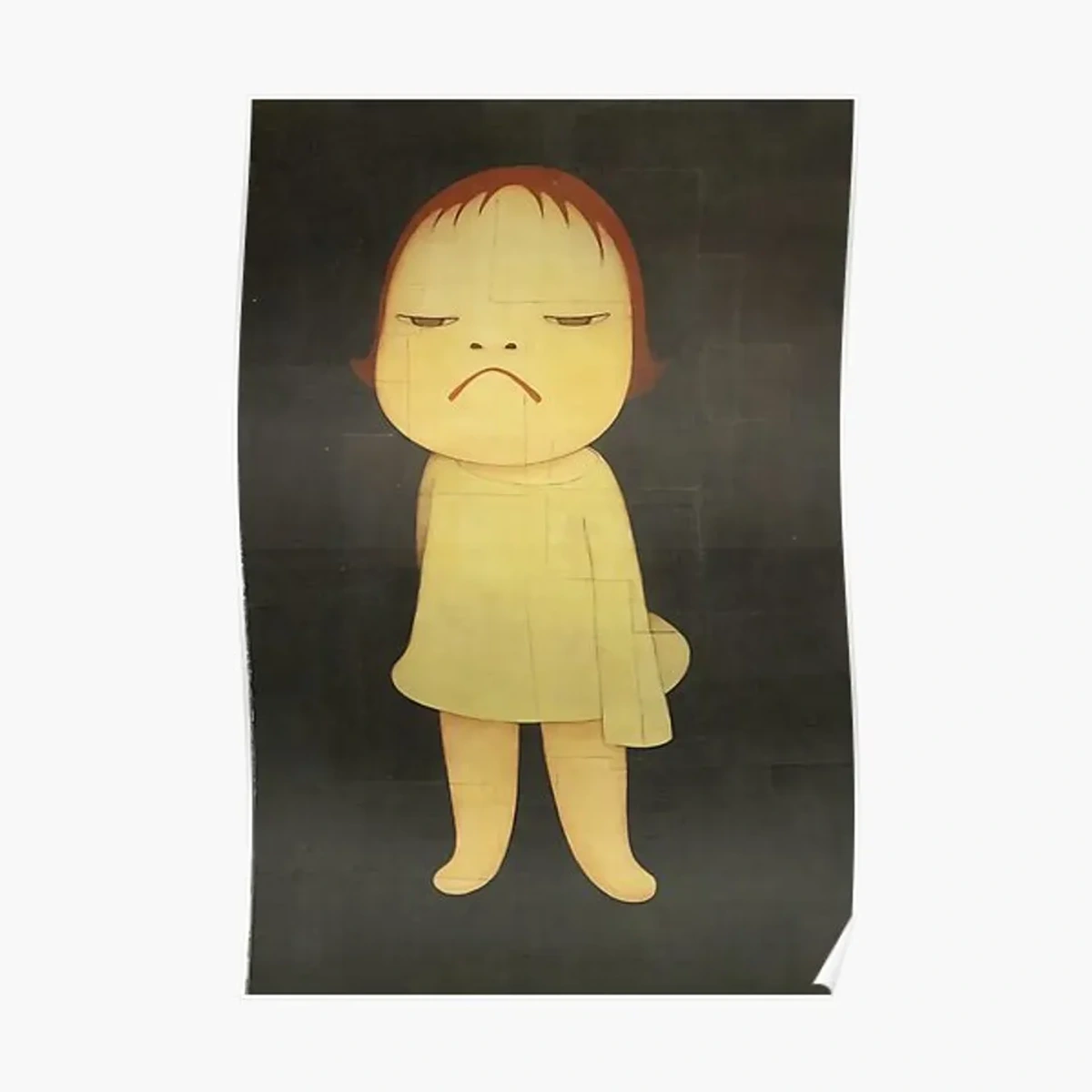
Beyond the Western Lens: Essential Global Masters
It’s crucial, though sometimes difficult in these broad overviews, to remember that "greatness" isn't confined to Europe and North America. Artistic brilliance flourished across the globe, developing unique traditions and influential figures long before (and alongside) the Western timeline we often default to. While this list can't possibly be exhaustive – seriously, the world is vast and full of incredible art! – here are a few examples representing vast and vital traditions. Think of these as doorways into entirely new worlds of creativity.
Artist/Tradition | Era / Region | Key Contributions & Why Famous | Notable Example(s) |
|---|---|---|---|
| Nok Culture Masters | Nigeria (c. 1500 BCE – 500 CE) | Created the earliest known figurative sculptures in sub-Saharan Africa; distinctive terracotta figures with stylized features (triangular eyes, elaborate hairstyles). Their work shows incredible technical skill and cultural significance from millennia ago. | Nok terracotta heads and figures |
| Ife Culture Masters | Nigeria (c. 1100 – 1400 CE) | Produced highly naturalistic bronze and terracotta heads, likely representing royalty; celebrated for sophisticated casting techniques and serene realism. These heads are breathtakingly lifelike and technically astounding. | Ife bronze and terracotta heads |
| Great Zimbabwe Masters | Zimbabwe (c. 11th - 15th Century CE) | Known for monumental dry-stone architecture and soapstone bird sculptures; symbols of power and spiritual beliefs. Their architectural achievements are awe-inspiring. | Great Zimbabwe stone structures, Soapstone birds |
| Maya Scribes & Sculptors | Mesoamerica (c. 250 - 900 CE) | Masters of hieroglyphic writing, complex calendar systems, monumental stone sculpture (stelae, reliefs), and vibrant fresco painting. Their art is deeply integrated with their cosmology and history. | Palenque reliefs, Bonampak murals |
| Inka Architects & Artisans | Andean Region (c. 1400 - 1533 CE) | Renowned for sophisticated dry-stone masonry (Machu Picchu), intricate textiles, and metalwork (gold, silver). Their engineering and artistic precision are legendary. | Machu Picchu, Inka textiles |
| Fan Kuan (attrib.) | Song Dynasty China (c. 960–1279) | Master of monumental landscape painting (shan shui); known for powerful compositions, textured brushwork (cun), and capturing nature's grandeur and Daoist principles. His landscapes feel vast and spiritual. | Travelers among Mountains and Streams |
| Kamal ud-din Behzad | Timurid/Safavid Persia (c. 1450-1535) | Leading master of Persian miniature painting; renowned for complex compositions, vivid color, detailed figures, and bringing naturalism to the tradition. His miniatures are worlds unto themselves, full of intricate detail and vibrant life. | Illustrations for Saadi's Bustan, Nizami's Khamsa |
| Katsushika Hokusai | Edo Period Japan (1760-1849) | (Already listed above, but vital here too) Master of Ukiyo-e woodblock prints; immense global influence, especially on European Impressionism and Post-Impressionism. His waves and mountains are instantly recognizable icons. | The Great Wave off Kanagawa, Thirty-six Views of Mount Fuji |
| Utagawa Hiroshige | Edo Period Japan (1797-1858) | Master of Ukiyo-e landscape prints; known for atmospheric effects, capturing the mood of travel and nature. His prints, like Hokusai's, profoundly impacted Western artists. | The Fifty-three Stations of the Tōkaidō |
| Unknown Islamic Calligraphers & Geometric Artists | Across Islamic World (7th Century CE - Present) | Masters of calligraphy, geometric patterns, and arabesque; central to Islamic art and architecture, emphasizing spiritual and mathematical beauty. Their intricate designs adorn mosques, manuscripts, and objects across centuries and continents. | Alhambra tilework, Illuminated Qur'ans |
| Unknown Aboriginal Australian Artists | Australia (Ancient - Present) | Creators of ancient rock art, bark painting, and sand painting; deeply connected to 'Dreaming' narratives, land, and spirituality. Their art is a living connection to millennia of history and culture. | Bradshaw rock paintings, Papunya Tula dot paintings |
This is truly just scratching the surface, a tiny peek through a keyhole. Think of the incredible traditions of Mayan sculpture, Islamic calligraphy and geometric patterns, Aboriginal Australian 'Dreaming' paintings, Andean textiles, the bronze casting of the Kingdom of Benin, the intricate carvings of the Maori... the list goes on and on. Exploring art from the best art cities in Asia or researching specific cultural traditions reveals a richness that complements and challenges the Western-centric view. It's a lifelong journey of discovery, and honestly, that's the best part.
Masters of Form, Lens, and Beyond: Architecture, Photography, and New Frontiers
While painting and sculpture often dominate these discussions, other visual arts have figures whose innovation and impact are undeniable. They shape our world in profound ways, sometimes literally building the spaces we inhabit, sometimes capturing moments that define eras, and sometimes pushing the very boundaries of what art can be.
Influential Architects
Architecture blends art, engineering, and social function. Some architects stand out for their visionary designs and lasting influence on how we build and live:
- Filippo Brunelleschi (already listed): Key Renaissance figure, not just for the Florence Dome but for formalizing perspective. A true innovator who looked to the past to build the future.
- Le Corbusier (already listed): A giant of Modernism, his ideas on functionalism and urban planning (some controversial!) shaped the 20th century. Love him or hate him, his impact is undeniable.
- Frank Lloyd Wright (already listed): Championed organic architecture, harmony between building and site, innovative use of materials (e.g., Fallingwater). He wanted buildings to feel like they grew from the land.
- Zaha Hadid (already listed): Pushed boundaries with fluid, deconstructivist forms, becoming a global icon in contemporary architecture. First woman to win Pritzker Prize. Her buildings feel like they're in motion.
- Antoni Gaudí (1852-1926): Spanish architect known for his unique, organic, and often fantastical Catalan Modernist style, blending Gothic and Art Nouveau with natural forms. His work is instantly recognizable, like something out of a dream. (See his work in Barcelona).
- Mies van der Rohe (1886-1969): German-American pioneer of Modernist architecture; known for his minimalist style and the phrase "less is more." His sleek, glass-and-steel structures defined the look of the modern city.
_07.jpg&w=1200&q=93&output=webp)
Pioneering Photographers
Photography evolved from a technical process to a powerful art form, thanks to artists who explored its unique capabilities:
- Ansel Adams (already listed): Elevated landscape photography to fine art with his technically perfect, awe-inspiring images of the American West; developed the Zone System. He captured the sublime grandeur of nature.
- Henri Cartier-Bresson (already listed): Pioneer of street photography and photojournalism; master of capturing the "decisive moment," candid compositions with humanist focus. His timing was impeccable, finding poetry in everyday life.
- Cindy Sherman (already listed): Uses photography conceptually, exploring identity and representation through performative self-portraits (Untitled Film Stills). Her work questions the very nature of the image and how we perform identity.
- Man Ray (1890-1976): American Modernist artist; significant contributor to Dada and Surrealism, known for his avant-garde photography (rayographs) and portraits. He experimented relentlessly, pushing the medium's boundaries.
- Dorothea Lange (1895-1965): American documentary photographer and photojournalist; known for her powerful images of the Great Depression, capturing the human cost of economic hardship. Her work has immense empathy and historical weight.
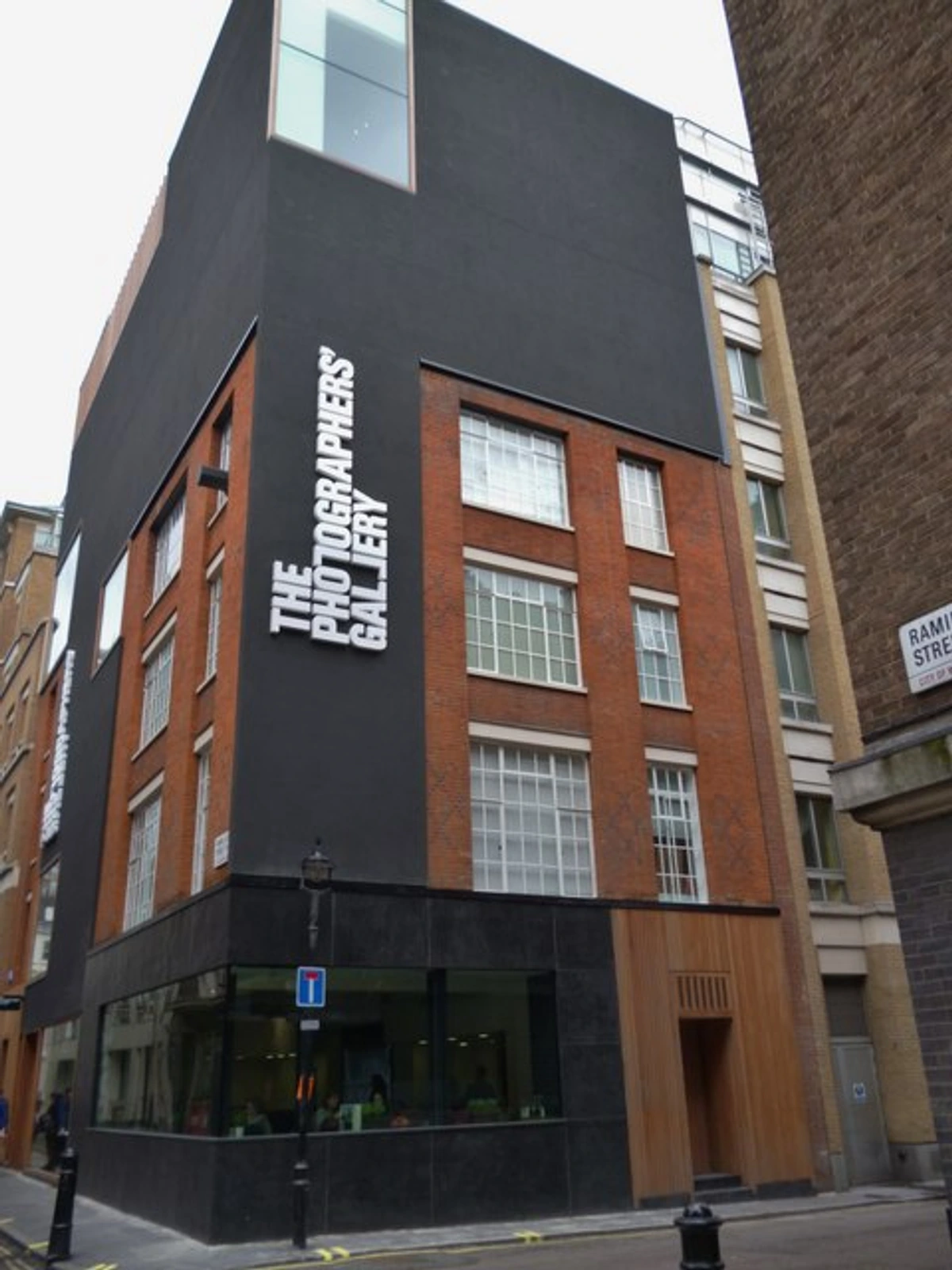
Pushing Boundaries: Performance, Installation, and Beyond
In the 20th and 21st centuries, art exploded beyond traditional forms. Artists began using their own bodies, ephemeral actions, environments, and new technologies to create work. Defining "greatness" here gets even trickier, but these figures undeniably shaped the conversation:
- Marina Abramović (b. 1946): Serbian performance artist; known for exploring physical and mental limits, endurance, and the relationship between performer and audience. Her work can be intense, challenging, and deeply moving. (See the ultimate guide to Marina Abramović).
- Joseph Beuys (1921-1986): German Fluxus, performance, and installation artist; known for his use of felt and fat, and his concept of "social sculpture," believing art could transform society. His work is often symbolic, ritualistic, and politically charged.
- Nam June Paik (1932-2006): Korean-American artist; considered the founder of video art, known for his innovative use of television monitors and video installations. He saw the potential of new media to create art.
- James Turrell (b. 1943): American artist known for his work with light and space, creating immersive installations that manipulate perception. He makes you see light itself as a physical medium.
This is just a tiny peek into the vast world of contemporary practice, which also includes land art, digital art, sound art, and so much more. It makes you wonder what future lists of "greatest artists" will look like, doesn't it?
What Defines Artistic "Greatness"? (A Personal Take)
So, after all that, what ties these incredibly diverse figures together? While diverse, these artists often share common threads, qualities that, for me, seem to elevate their work beyond the ordinary:
- Innovation: They didn't just follow trends; they created new ways of seeing and representing the world (e.g., Cubism, Impressionism, Abstract Art). Understanding different movements is part of understanding modern art. Sometimes this innovation is technical (like Van Eyck's oils), sometimes conceptual (like Duchamp's readymades), sometimes stylistic (like Picasso's Cubism). It's that spark of doing something nobody else had quite done before.
- Technical Mastery: They possessed exceptional skill in their chosen medium(s), whether painting, sculpture, architecture, photography, or printmaking. Learning how to read a painting or appreciate the craft in any medium reveals this skill. It's not always about realism; mastery can be in color, form, composition, or emotional expression. It's the ability to make the material do exactly what you want it to, and then some.
- Lasting Influence: Their work continues to inspire artists and captivate audiences centuries later, influencing countless subsequent movements and top living artists today. You can often trace lineages – seeing how Raphael influenced the Academies, or how Cézanne paved the way for Cubism. Even artists reacting against a master show their influence. It's like their ideas echo through time.
- Cultural Resonance: Their art reflects and often shapes the cultural values and ideas of their time and beyond, becoming ingrained in our collective visual memory. Think of how Guernica encapsulates the horrors of war, or how Warhol's soup cans comment on consumerism. Their work speaks to something fundamental about the human experience, across generations.
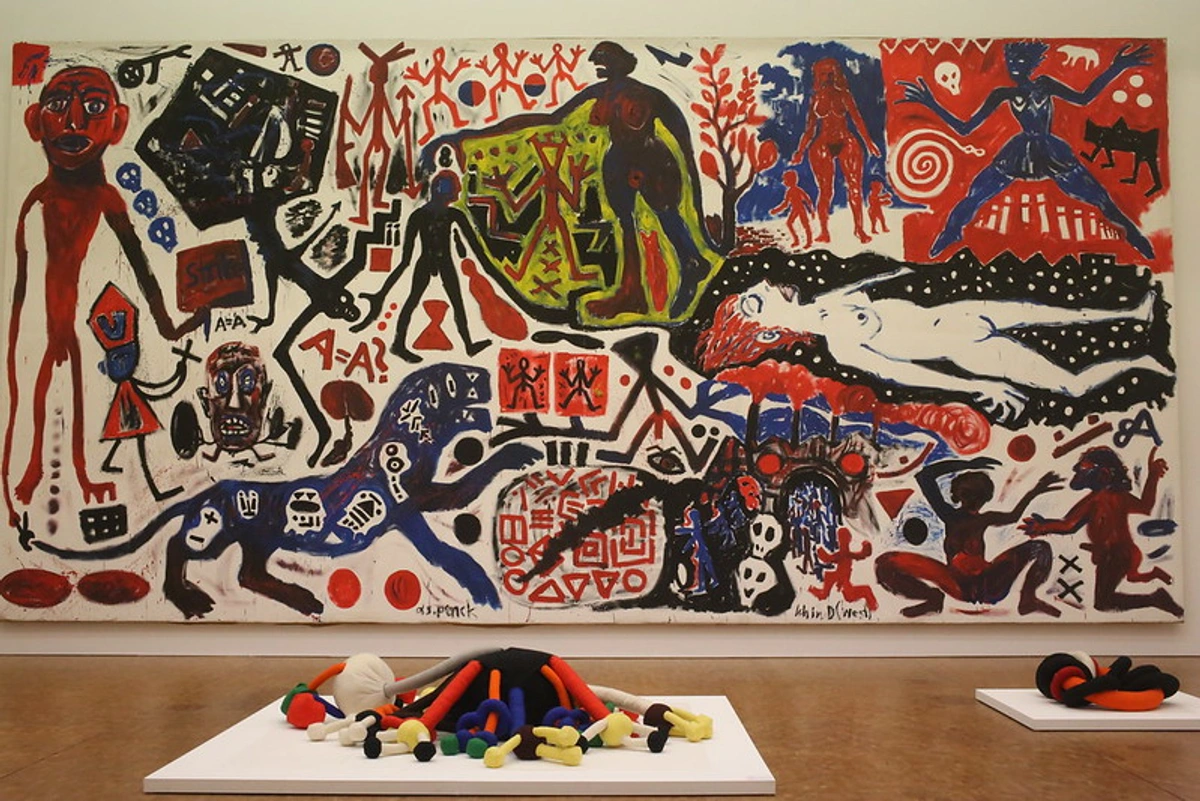
A Note on the 'Art Canon' (And Why It's Changing)
It's worth pausing here to think about how lists like this get made. The traditional "Western Art Canon" – that generally agreed-upon list of 'great' works and artists – wasn't handed down from on high. It was built over centuries, largely by European and American institutions, academics, and collectors. This means it historically reflected their perspectives, values, and biases. That's a big reason why, as noted in the FAQ, women artists and artists from outside the West were often excluded or marginalized. It's a bit like a historical popularity contest judged by a very specific group of people, isn't it?
Recognizing this doesn't mean dismissing the incredible achievements of figures like Michelangelo or Rembrandt. Their impact is undeniable. But it does mean understanding that the "canon" is a constructed narrative, not a definitive truth. Thankfully, art history today is actively working to be more inclusive, re-evaluating overlooked artists and expanding our understanding of global art traditions. It's a process – sometimes messy, always fascinating – of broadening our view of what constitutes "great" art. It makes you think about who decides these things, and what stories get told, right? Maybe the "greatest" artists are also the ones whose stories we choose to keep telling, and we're finally choosing to tell more stories.
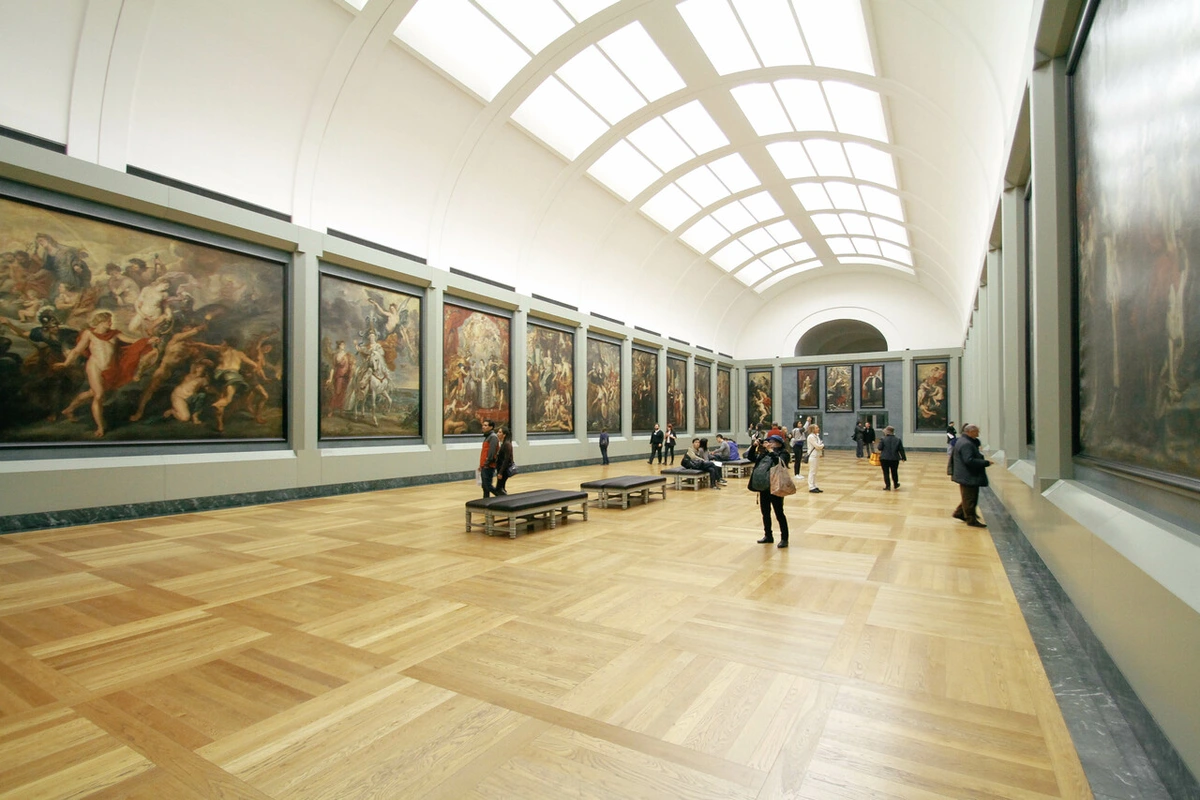
Frequently Asked Questions (FAQ)
Okay, let's tackle some common questions that pop up when we talk about these art historical heavyweights.
Q1: Is this list definitive?
- Absolutely not! And honestly, I hope it never could be. Art appreciation is so wonderfully subjective. This expanded list focuses on figures with massive, widely acknowledged influence, primarily within the Western art canon but with attempts to broaden the scope, yet it still only scratches the surface. As discussed above, countless other incredibly important artists from different eras, regions (like Fan Kuan from China, masters of Ife sculpture from Africa, Islamic calligraphers like Kamal ud-din Behzad), and disciplines exist. Exploring the history of art globally reveals vast, interconnected traditions. Think of it as a conversation starter, not the final word.
Q2: Why weren't more women on lists like this historically?
- Ah, this is a really important point, and frankly, it's frustrating. Historically, women faced significant systemic barriers – they were often excluded from art academies, couldn't access certain subjects (like nude life drawing, essential for history painting), struggled to find patrons, and had limited opportunities for public exhibition. While many brilliant female artists did exist throughout history (like Artemisia Gentileschi, Sofonisba Anguissola, Élisabeth Vigée Le Brun, Mary Cassatt – now included in our list!), their recognition often lagged due to these limitations and historical biases. Modern and contemporary art sees far greater representation (think Georgia O'Keeffe, Frida Kahlo, Louise Bourgeois, Yayoi Kusama, Faith Ringgold, Cindy Sherman, Kara Walker, Zaha Hadid, also included), and crucial historical re-evaluation is ongoing to give past female artists their due. It's a slow process, but we're finally starting to see a more complete picture.
Q3: How is "influence" measured?
- That's a great question! For me, influence can be seen in a few ways. Did other artists adopt or react to their style (Leonardo's sfumato, Picasso's Cubism)? Did they change artistic techniques (Van Eyck with oils, Brunelleschi with perspective, Seurat with Pointillism, Adams with the Zone System) or subject matter (Courbet with realism, Kahlo with raw self-portraiture)? And what about their long-term impact on art history and culture discussed in museums and academia? The best museums for modern art often showcase these influential trajectories. Think about how Michelangelo's powerful figures echoed through the Baroque, or how Duchamp's ideas underpin so much conceptual art. It's like they dropped a pebble in the pond, and the ripples just keep going.
Q4: Can contemporary artists be considered among the "greatest"?
- Absolutely! But, and it's a big but, historical perspective often takes time to solidify. It's hard to know how the art of today will be viewed in 100 or 500 years. Top living artists like David Hockney, Gerhard Richter, or Yayoi Kusama are hugely influential now, clearly among the best contemporary artists. Their long-term "greatness" in the historical sense compared to Renaissance masters is still unfolding – history is the ultimate judge, I suppose! Sometimes, discovering best underrated artists can feel like witnessing future history being made. It's exciting to see who is shaping the conversation now, pushing boundaries and making us see the world differently.
Q5: Where can I see works by these masters?
- Their works are housed in the collections of major museums worldwide. While countless institutions hold masterpieces, here's a list of 10 essential museums where you can find significant works by a large number of the artists mentioned. Visiting them is like taking a crash course in art history!
- The Louvre Museum (Paris, France) - Home to the Mona Lisa, works by Raphael, Delacroix, Ancient masters, and much more. A truly overwhelming treasure trove.
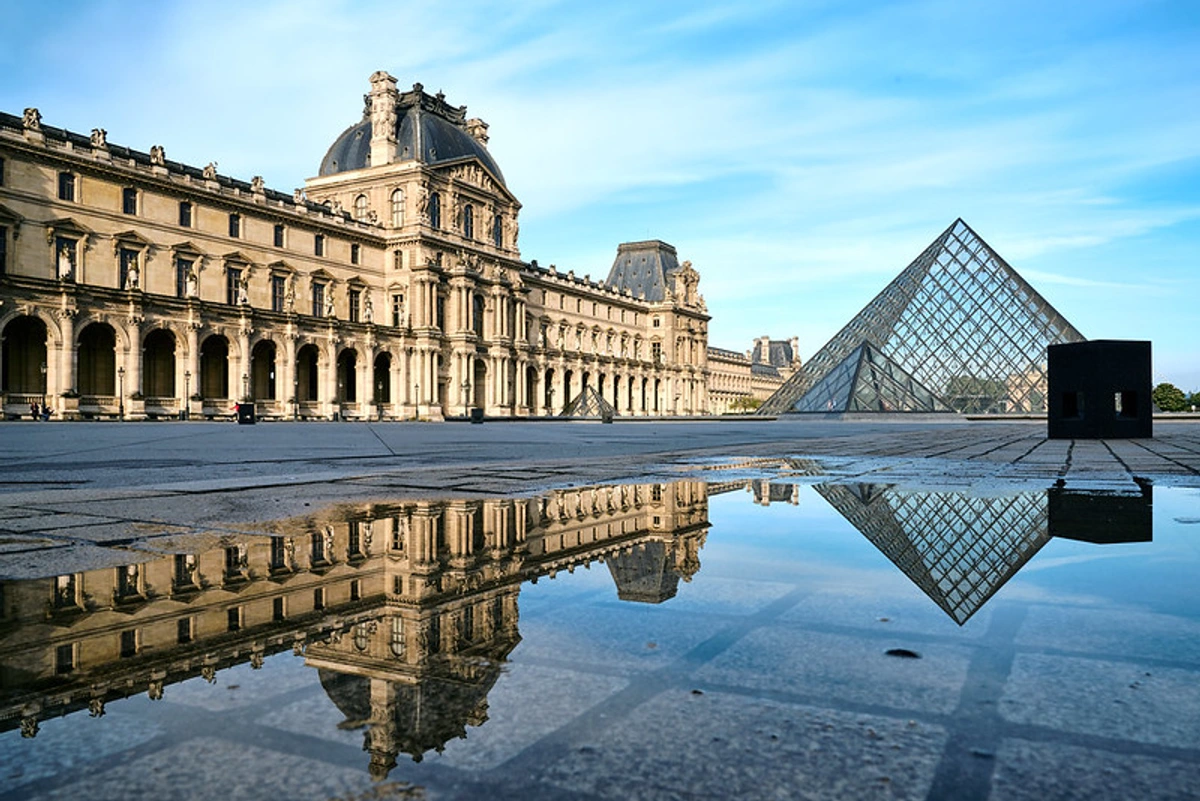
- The Metropolitan Museum of Art (The Met) (New York City, USA) - Encyclopedic collection spanning global history, including Vermeer, Rembrandt, Degas, Egyptian art, etc. You could spend a lifetime here and not see everything.
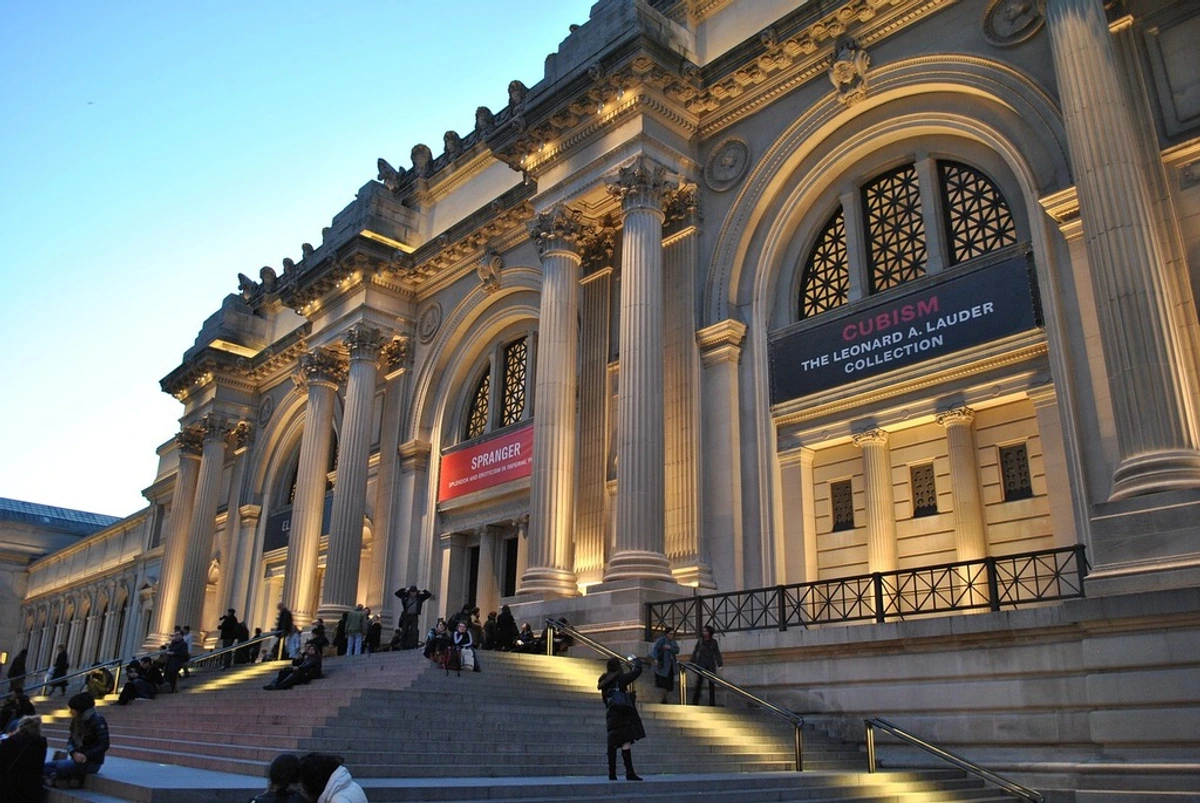
- The Museum of Modern Art (MoMA) (New York City, USA) - Premier collection of modern and contemporary art: Picasso's Les Demoiselles d'Avignon, Van Gogh's Starry Night, Matisse, Pollock, Warhol. Essential for understanding the last 150 years.
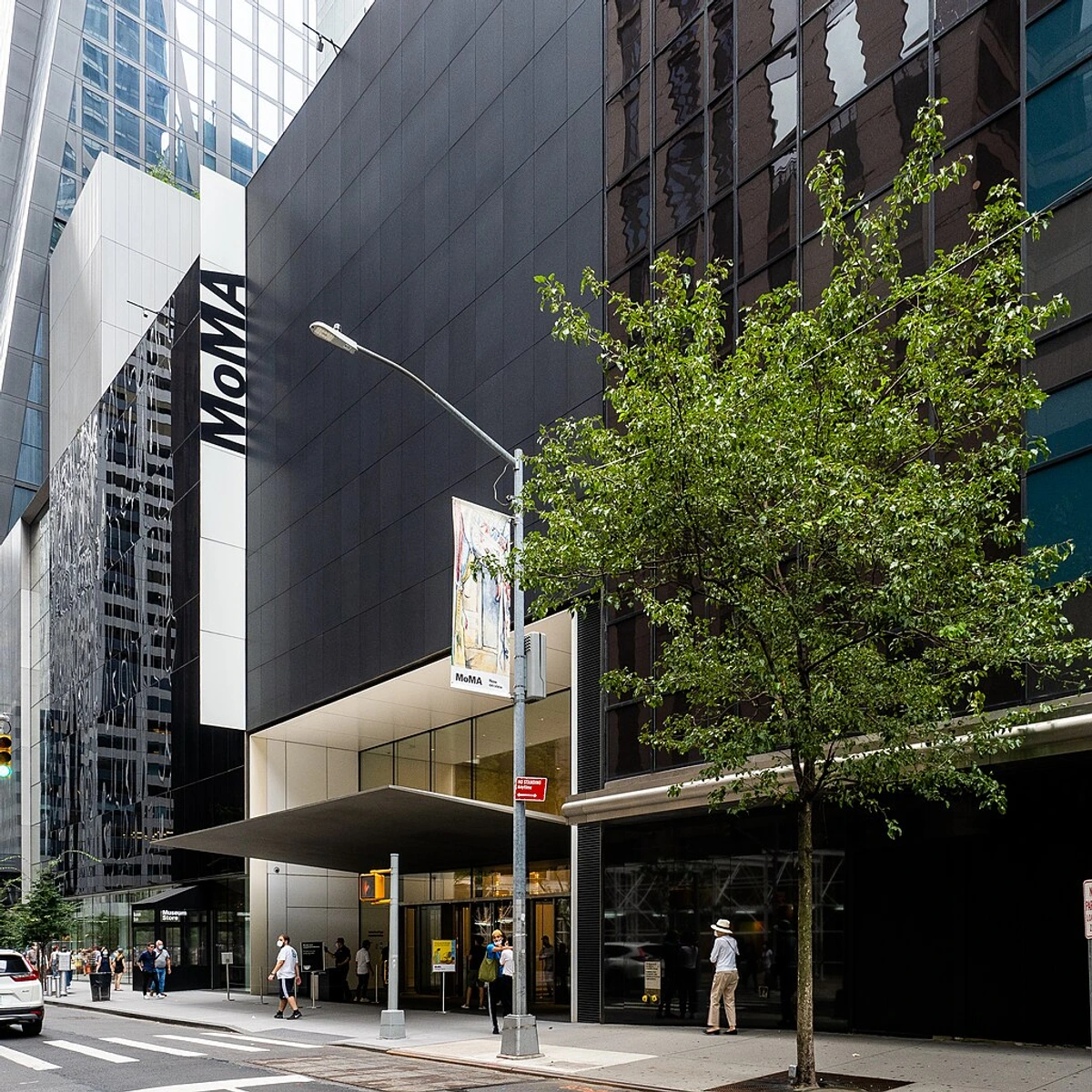
- The Uffizi Gallery (Florence, Italy) - Unrivaled collection of Italian Renaissance painting: Botticelli, Leonardo, Michelangelo, Raphael, Titian. Check the Florence gallery guide. It's like stepping back in time to the heart of the Renaissance.
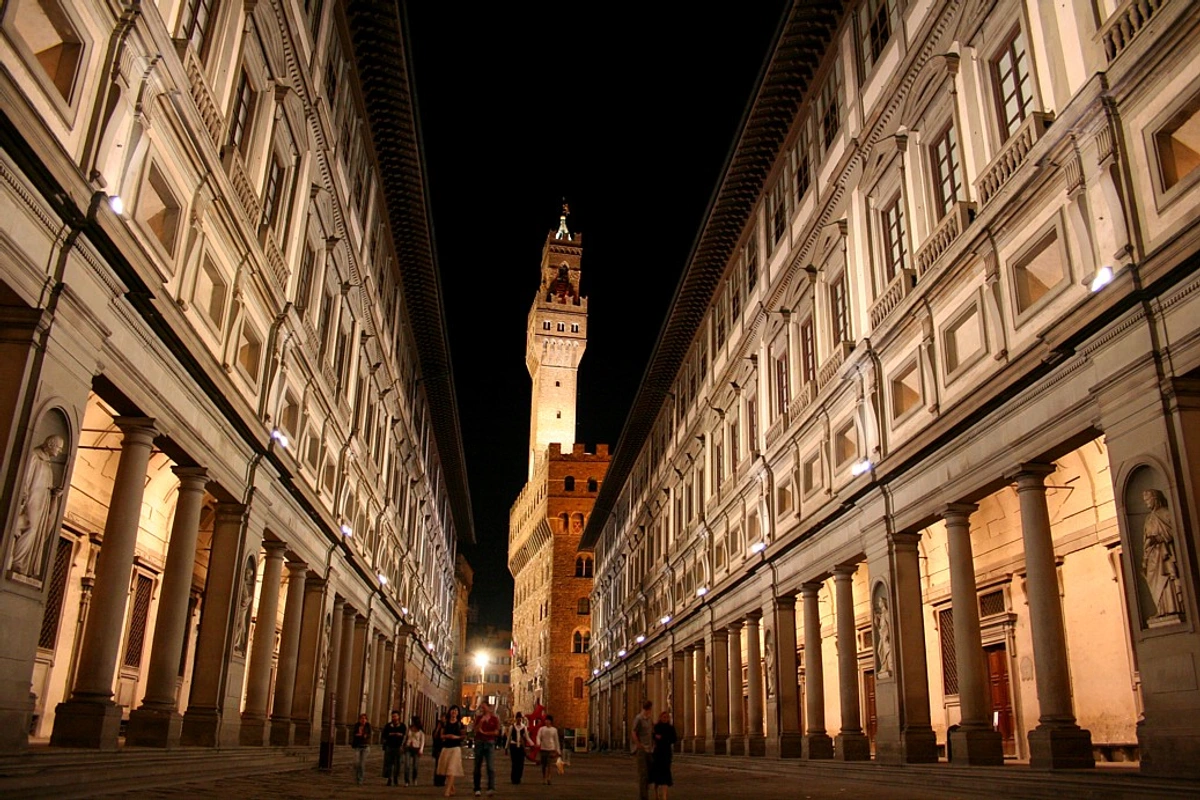
- The Prado Museum (Madrid, Spain) - The heart of Spanish Golden Age art: Velázquez's Las Meninas, Goya's masterpieces, works by El Greco, Bosch, Titian. A deep dive into Spanish and European masters.
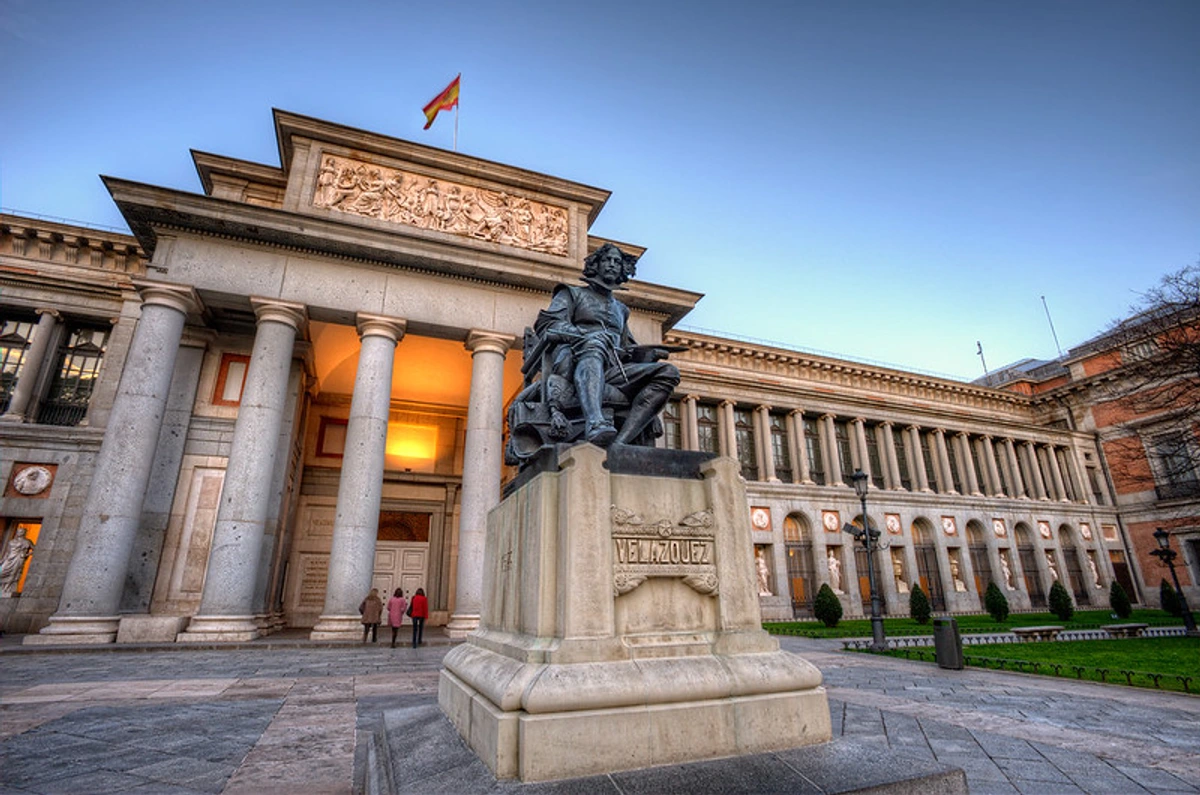
- The National Gallery (London, UK) - Comprehensive collection of European painting from the 13th to 19th centuries: Van Eyck, Turner, Constable, Leonardo, Rembrandt, Impressionists. See the London gallery guide. A fantastic overview of European painting history.
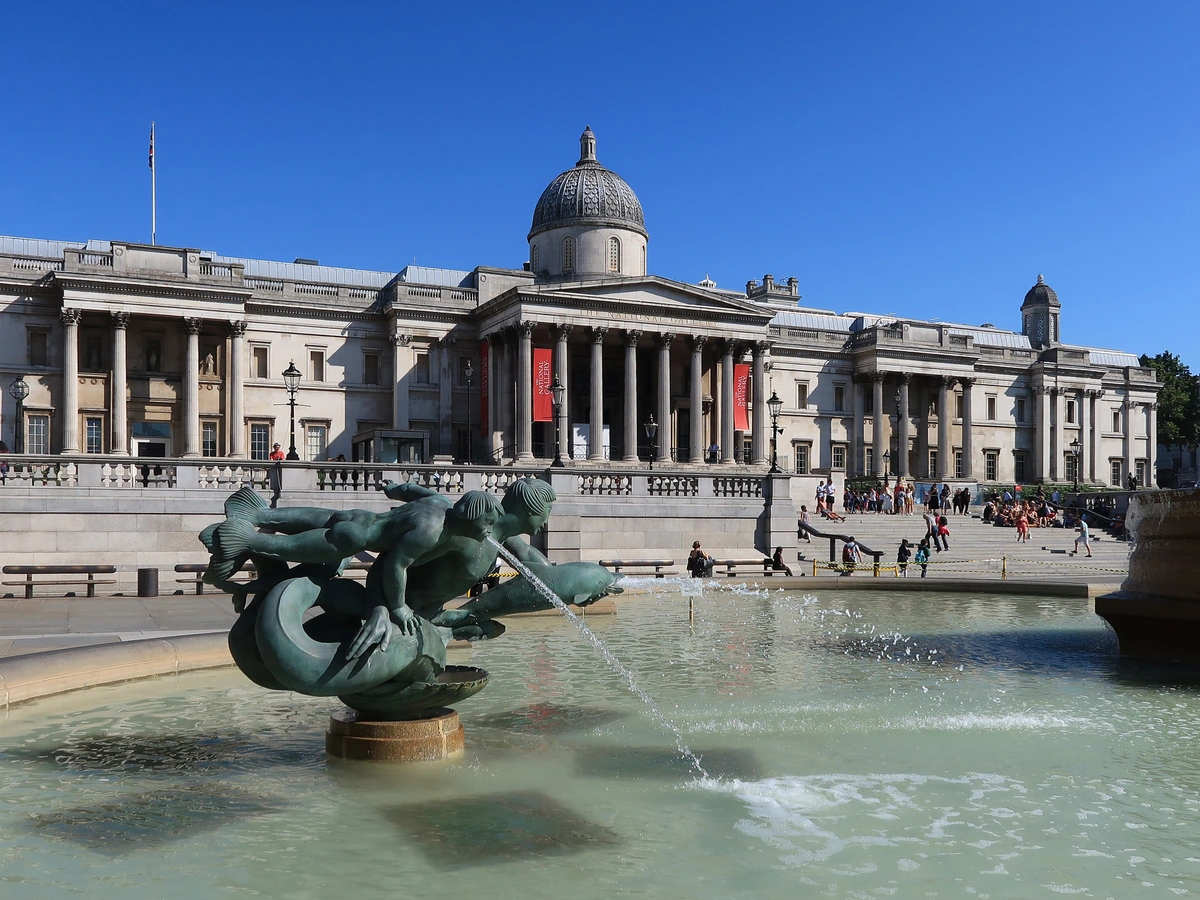
- The Rijksmuseum (Amsterdam, Netherlands) - Focus on Dutch Golden Age masters: Rembrandt's The Night Watch, multiple Vermeers, Frans Hals. Explore more in the Netherlands art city guide. The place to go for Dutch masters.
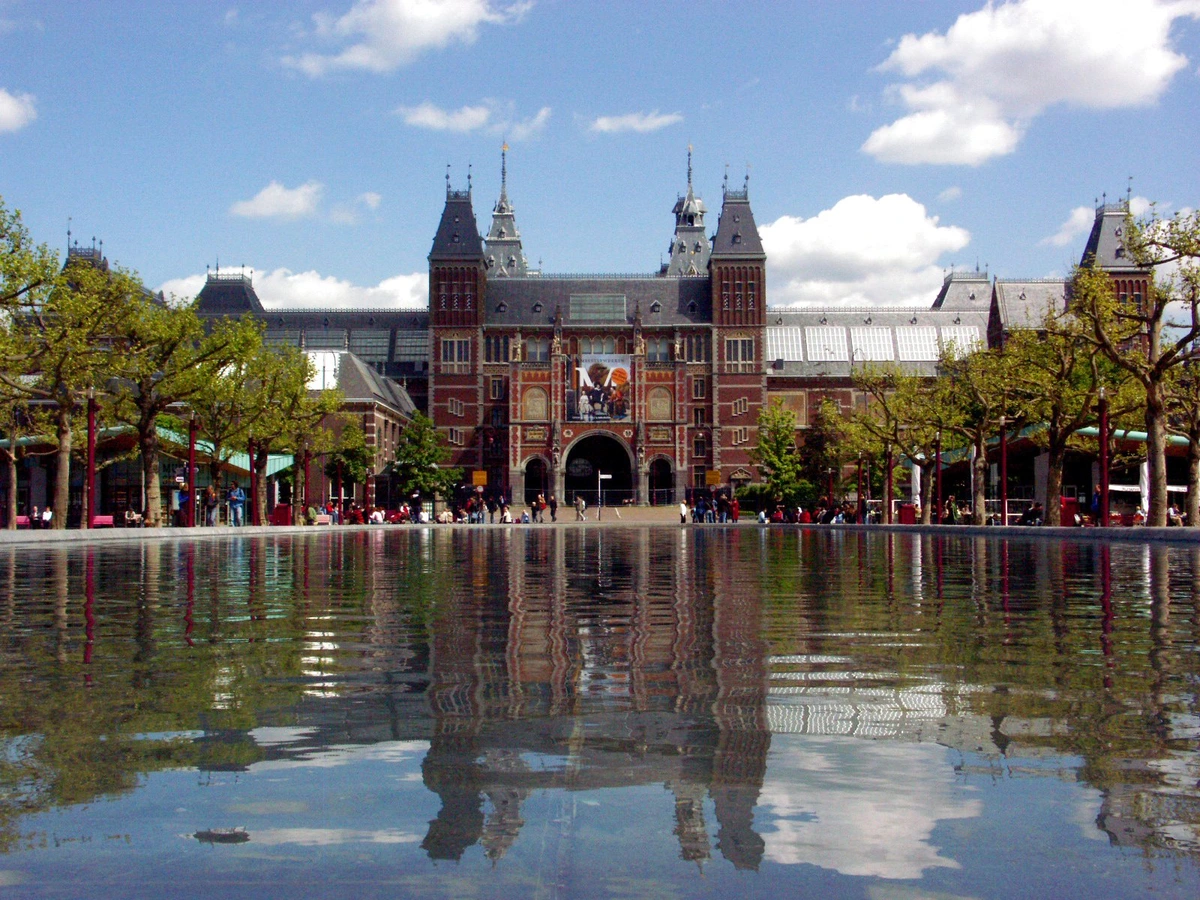
- Musée d'Orsay (Paris, France) - Housed in a former railway station, focuses on 19th and early 20th-century art, especially Impressionism and Post-Impressionism: Monet, Manet, Degas, Renoir, Cézanne, Van Gogh, Gauguin. Check the Paris gallery guide. A stunning collection in a beautiful building.

- Art Institute of Chicago (Chicago, USA) - Major collection across periods, strong in Impressionism (Seurat's La Grande Jatte) and American art. A surprisingly deep and broad collection.
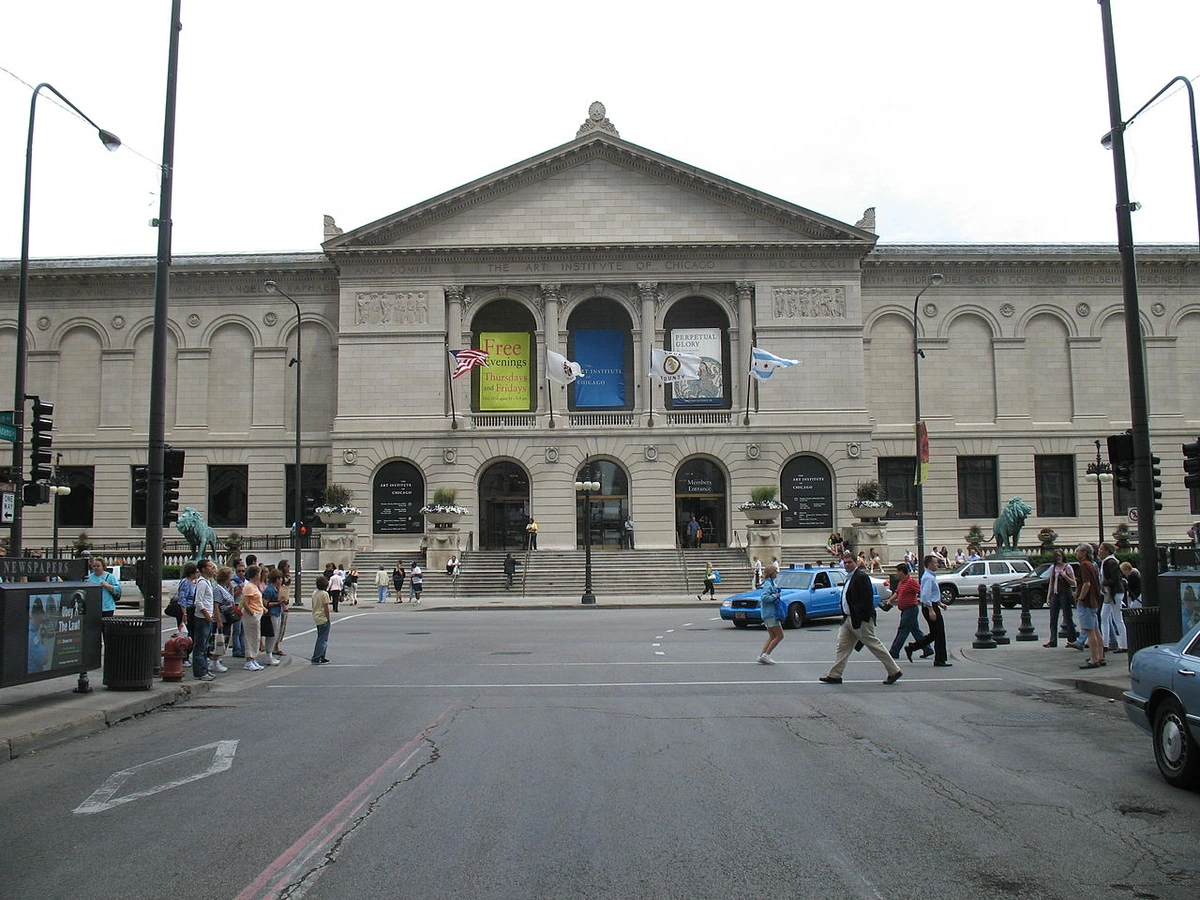
- Vatican Museums (Vatican City) - Includes the Sistine Chapel (Michelangelo), Raphael Rooms, classical sculpture, and vast collections accumulated by the Popes. A unique collection tied to centuries of history.
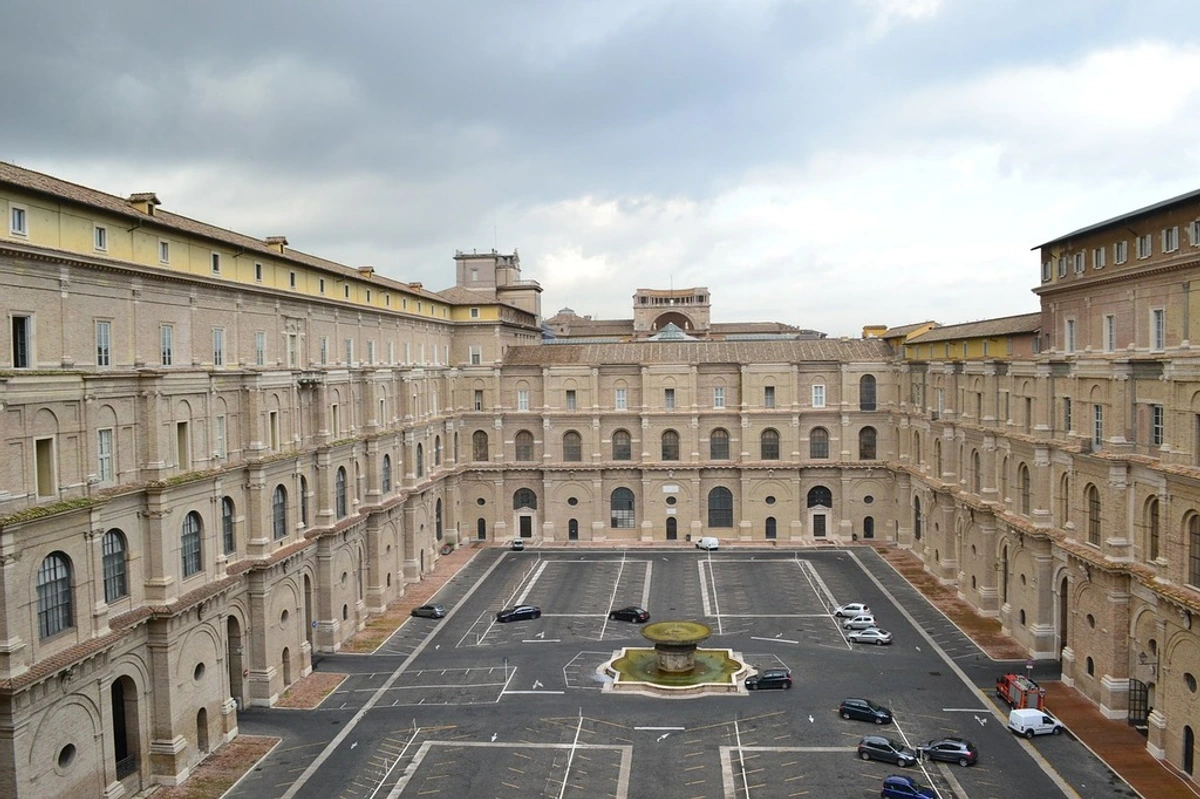
Exploring the best museums or specific city guides like the best galleries in Europe can help locate key works. Some works might occasionally appear on the secondary art market, though usually at very high prices reserved for major collectors. But honestly, seeing them in a museum, surrounded by other art and other people experiencing it, is something special.
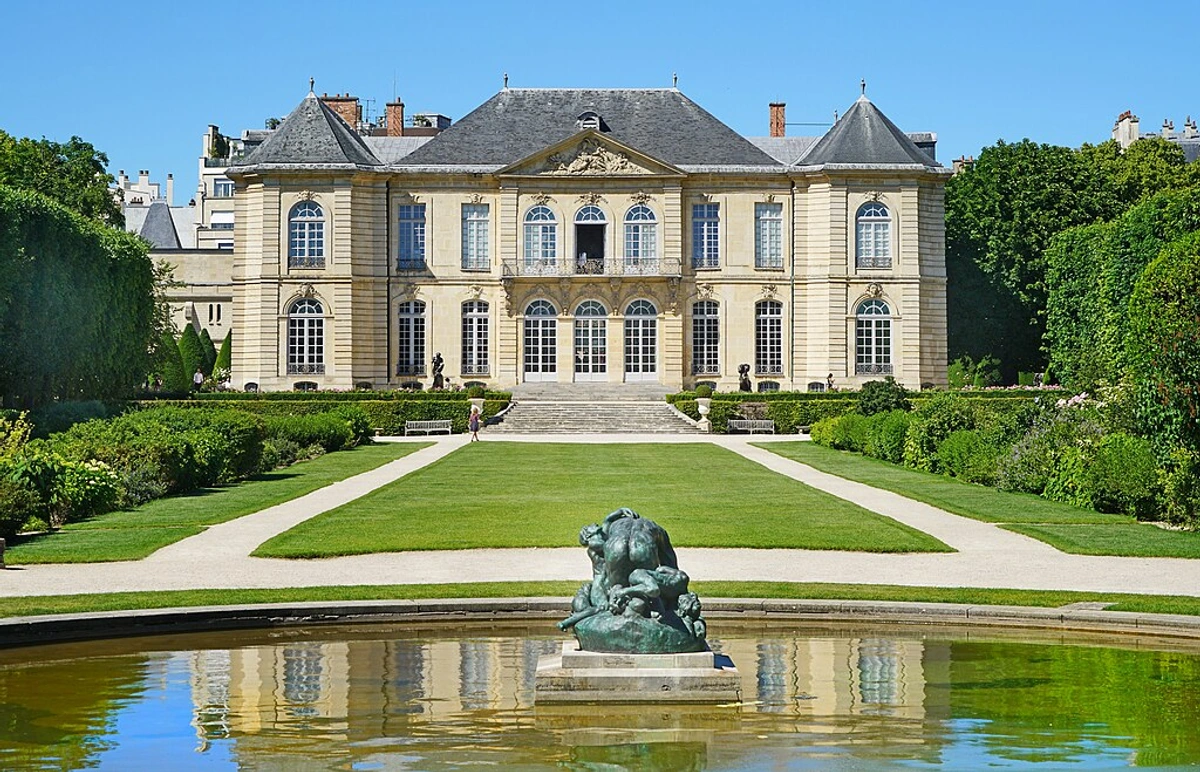
Conclusion
Exploring the lives and works of these masters is a journey through the evolution of art itself – a journey that, as we've seen, spans the globe and crosses many disciplines. Each figure brought a unique vision and changed the way we perceive the world and creativity. While definitive rankings are impossible (and maybe not even desirable! Who needs that kind of pressure?), studying these iconic artists provides a rich understanding of art history and the enduring power of human expression. And remember, art history isn't static; new discoveries and re-evaluations are constantly shaping our understanding of who the "greats" are and why they matter.
Use this expanded list as a springboard to discover more artists, movements, and perhaps find art inspirations for your own journey or collection. For further reading on the grand sweep of art history, classic survey texts like E.H. Gombrich's "The Story of Art" or H.W. Janson's "History of Art" offer comprehensive (though traditionally Western-focused) narratives. Maybe exploring these greats will even inspire you to start thinking about how to buy art that resonates with you, perhaps something contemporary from an artist working today, adding your own thread to the ongoing story (you can even check out some of my work here). The timeline of my own artistic journey certainly draws inspiration from many eras! Ultimately, the "greatest" art is the art that moves you.